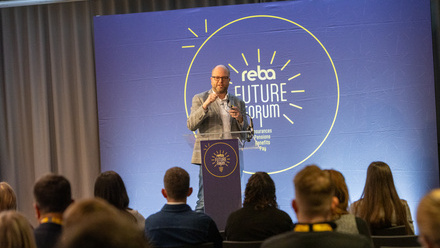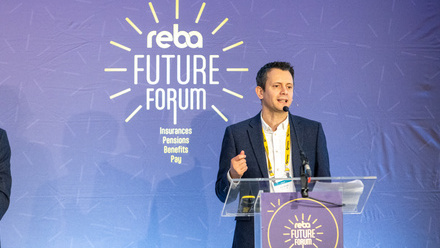Why diverse, inclusive benefits are an essential element of a flexible benefits strategy

But we can’t make sweeping assumptions when it comes to what may be viewed as a genuine benefit to the lives of colleagues. Imagine you’re now sat at your desk and you look across to the colleague closest to you. Does that person have the same challenges, aspirations and priorities in life as you? Then you walk out into your wider organisation, whether that’s on to a shop floor, into a factory or the wider office. Do you think the first person you encounter will have similar needs to that first colleague, or to you? Maybe you’ll share some, but not all.
Most employers have woken up to the positive impact of a diverse and inclusive workforce on organisational performance. But to make a success of diversity and inclusion (D&I) initiatives, everything an organisation does needs to be looked at through that lens – including flexible benefits packages.
The flexible benefits package
The whole concept of flexible benefits is predicated on people exchanging salary for things that are important to them, potentially with a worthwhile cost saving and with the opportunity to spread the costs throughout the year. And why bother? Aside from making a positive difference to peoples’ lives, attractive benefits can leave colleagues feeling more appreciated, with the sense that the organisation has cared to use its scale to gain them a ‘better deal’. Done right, personal worries can be alleviated and health improved, leading to greater productivity, meaningfulness and happiness at work.
If your flexible benefits package doesn’t include services or products that really resonate with your people, even if they could make a material difference to their lives over the longer term, then engagement is always going to be a struggle. In this noisy digital world, more ‘comms’ and education just won’t cut it. And yet, there needs to be some return on investment or, coming back to an earlier question, “why bother”?
A generous pension scheme with a competitive employer match will not help the debt-laden employee deal with the stress, worry and sleepless nights over how on earth they get on top of it. Some debt management guidance might. And when that individual feels on top of that debt, then it might be easier to appreciate the value of and engage with that pension benefit.
Similarly, a free gym membership might not be of much benefit to the single parent of four kids who can barely find time to put a wash on. Free childcare services and more flexible working hours, however, could be game changers. Then that gym membership might take on a new shiny appeal.
Real life benefits for real life challenges
Alongside having a diverse range of benefits, we need to do more to understand and think about the real life challenges colleagues and their families are dealing with, as well as the life stages they are at. Are they trying to navigate funding a first home, tertiary education, aiding elderly parents with later life affairs or dealing with divorce settlements? Are these areas where they would really value help? The only way to find out is to get out of the management and provider echo chamber and talk to our colleagues.
To bring in benefits that are inclusive, it’s important to get the views of the ultimate beneficiaries in attempt to really understand their needs and what matters to them. It needs an open conversation. Only then are we likely to understand what will truly be classed as ‘beneficial’ to their lives, at what points and why, helping to drive greater engagement, retention and wellbeing across the workforce.
The author is Julie Hammerton, partner at Hymans Robertson.
This article is provided by Hymans Robertson.
Supplied by REBA Associate Member, Hymans Robertson
We're one of the longest established independent consulting and actuarial firms in the UK







